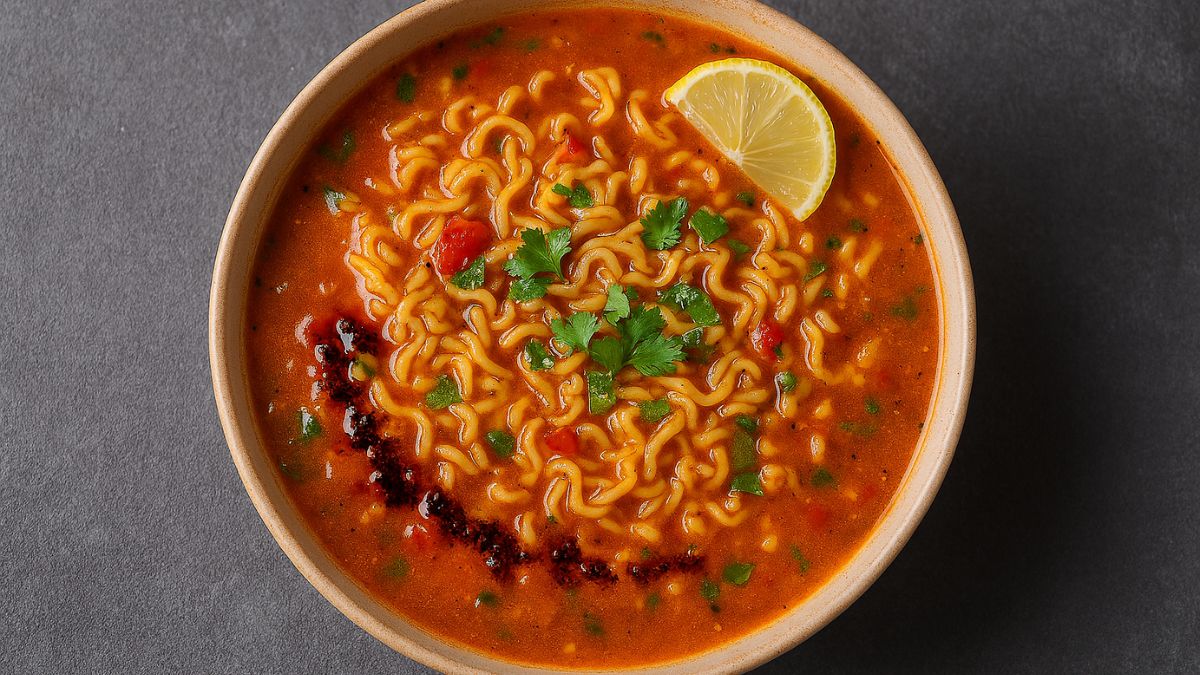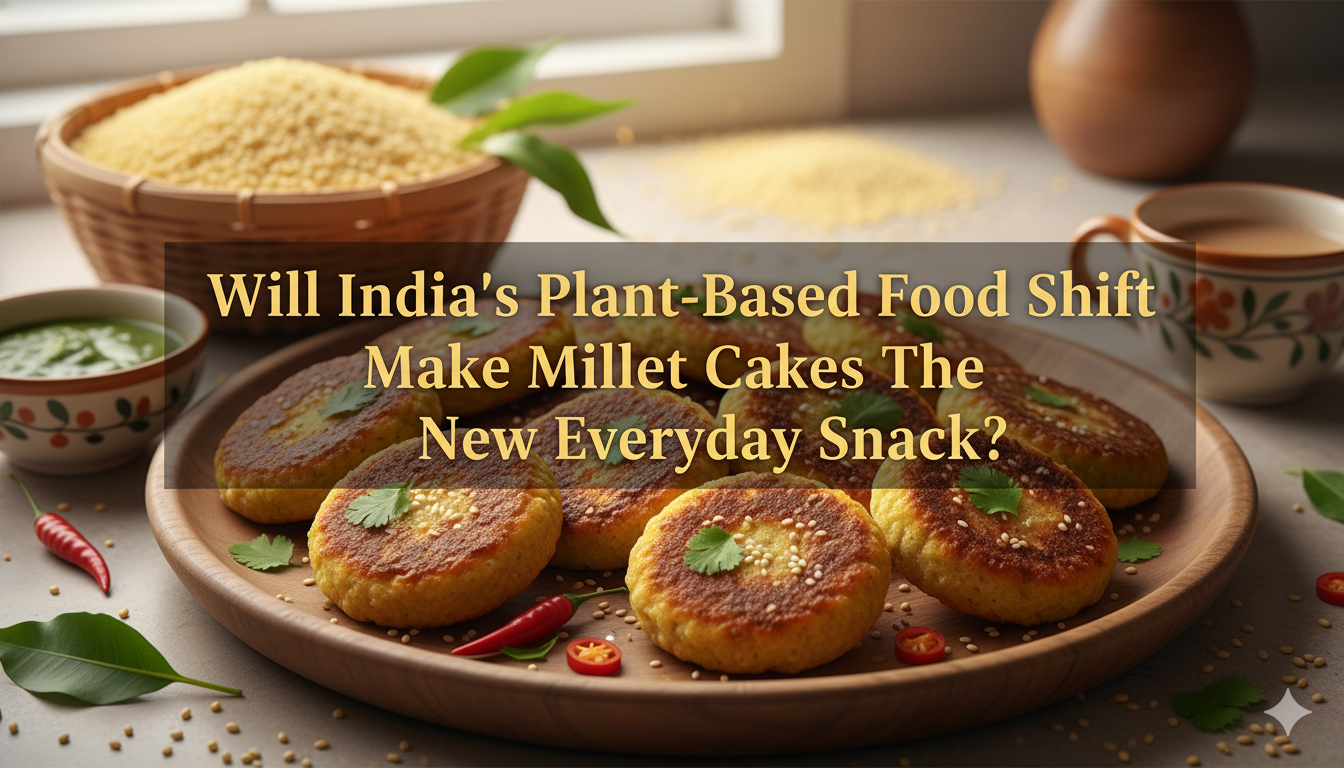The durability and low cost of plastics have made them a necessary evil, something widely used across industries -- from packaging to clothing to aircraft parts, but one that is harming our nature and us too. Microplastics have been detected in food consumed by humans or in the air, ingesting which can cause serious health issues such as insulin resistance, decreased reproductive health, and cancer, according to the United Nations Development Programme. Only about nine per cent of plastic is recycled globally, and the rest is either incinerated, winds up in nature or dumped into enormous plastic landfills, according to the University of Copenhagen.
Researchers from the University's Department of Plant and Environmental Sciences have invented a potential replacement for plastic with a new 'biocomposite' material made using barley and other substances that decompose naturally. This new material is durable and flexible and can be used for food packaging, among many other things. The best part, it can completely decompose in nature within only two months.
Also Read:Celebrity Nutritionist Asks Swiggy And Zomato To Stop Using Plastic Containers, Zomato Responds
"We have an enormous problem with our plastic waste that recycling seems incapable of solving. Therefore, we've developed a new type of bioplastic that is stronger and can better withstand water than current bioplastics. At the same time, our material is one hundred per cent biodegradable and can be converted into compost by microorganisms if it ends up somewhere other than a bin," says Professor Andreas Blennow of the Department of Plant and Environmental Sciences.
Professor Blennow adds that the currently available types of bioplastics don't break down that easily if tossed into nature. Only a limited part of them is degradable, that too under special conditions. "The process can take many years and some of it continues to pollute as microplastic. Specialized facilities are needed to break down bioplastics. And even then, a very limited part of them can be recycled, with the rest ending up as waste," says the researcher.
What Is The New Material Made Of?
The main ingredients of the new material, amylose and cellulose, are common across the plant kingdom. Amylose is extracted from many crops including corn, potatoes, wheat and barley. The cellulose used by the researchers is made from local sugar industry waste.
Also Read:Are You Eating Plastic? Ditch These 5 Daily Items Infusing Your Diet With Microplastics
The researchers are already collaborating with two Danish packaging companies to develop prototypes for food packaging, among other things. "It's quite close to the point where we can really start producing prototypes in collaboration with our research team and companies. I think it's realistic that different prototypes in soft and hard packaging, such as trays, bottles and bags, will be developed within one to five years," concludes Professor Blennow.
About Jigyasa KakwaniJigyasa finds her solace through writing, a medium she is exploring to make the world more informed and curious with every story published. She is always up for exploring new cuisines, but her heart comes back to the comforting ghar-ka-khana.













